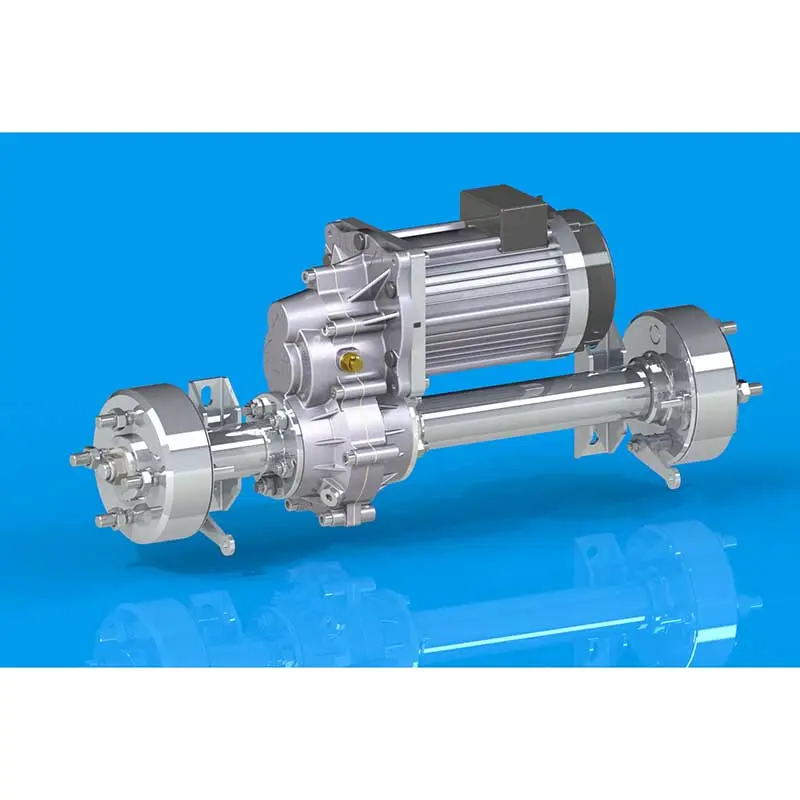The transaxle is a critical component in a vehicle’s driveline, responsible for transmitting power from the engine to the wheels. It combines the functions of a variable-speed transmission and a differential that distributes power to the wheels. The transaxle is a complex system that requires precise control to ensure smooth and efficient operation. When a transaxle control system fails, it can have a significant impact on vehicle performance and safety.
The transaxle control system is a complex network of sensors, actuators and electronic control units that work together to manage the operation of the transaxle. It monitors various parameters such as vehicle speed, engine speed, throttle position and wheel slip to determine the optimal transmission ratio and torque distribution for driving conditions. By constantly adjusting these parameters, the control system ensures that the transaxle operates efficiently and delivers the appropriate amount of power to the wheels.
When the transaxle control system fails, it means that the system is unable to perform its function properly. This can cause a host of problems, including erratic shifting, loss of power and reduced fuel efficiency. In some cases, the vehicle may even enter “limp mode,” operating at reduced performance to prevent further damage.
There are several potential causes of transaxle control system failure. A common problem is faulty sensors, such as the speed sensor or throttle position sensor, which can provide inaccurate data to the control system. Electrical problems, such as damaged wiring or a faulty control unit, can also disrupt the operation of the system. Additionally, mechanical problems within the transaxle, such as a worn clutch or bearing, may cause control system failure.
When the transaxle control system fails, the problem must be resolved promptly to prevent further damage to the vehicle. The first step is to diagnose the specific cause of the failure, which usually requires the use of diagnostic tools and expertise in automotive electronics. Once the cause is determined, the necessary repairs or replacements can be made to return the transaxle control system to normal operating condition.
In modern vehicles, the transaxle control system is often integrated with the overall vehicle control system, which means that a fault in the transaxle control system may trigger a warning light on the dashboard or an error code in the vehicle’s computer system. These indicators can help alert drivers to a fault and prompt them to seek professional help.
Ignoring a transaxle control system failure can lead to more serious problems, such as complete transaxle failure or damage to other driveline components. It can also compromise the safety and drivability of your vehicle, so the problem must be addressed as soon as possible.
In summary, a transaxle control system failure indicates interference with the normal operation of the transaxle electronic control system. This can lead to a range of performance and security issues that require prompt diagnosis and repair. By understanding the importance of the transaxle control system and promptly resolving faults, owners can ensure the continued reliability and efficiency of their vehicle’s driveline.
Post time: Jul-17-2024


